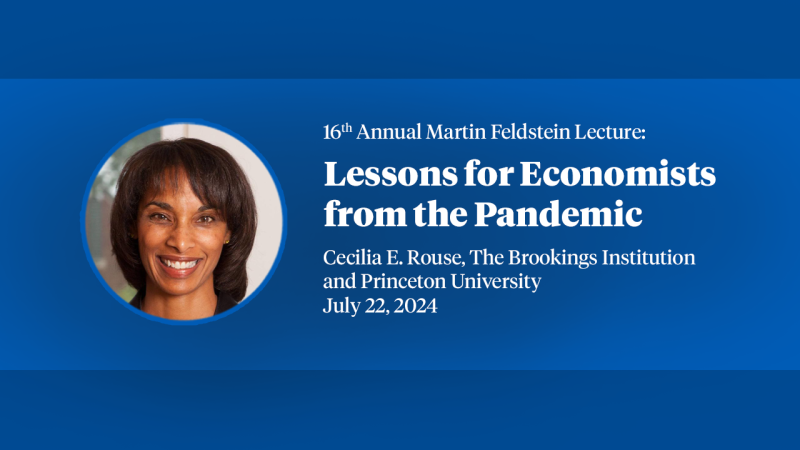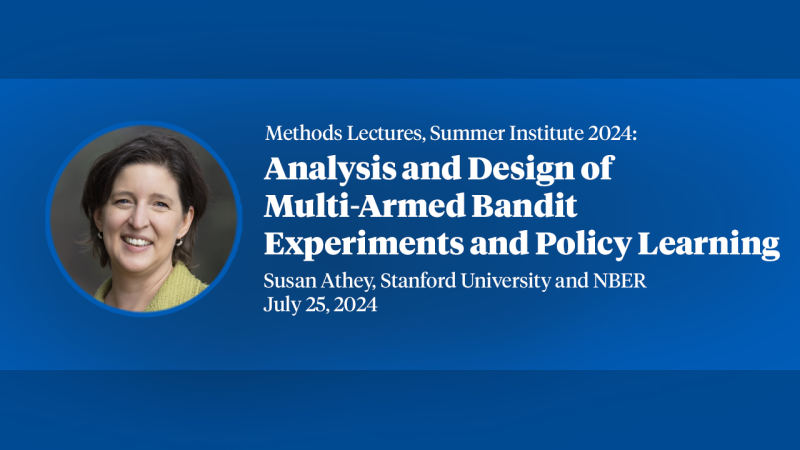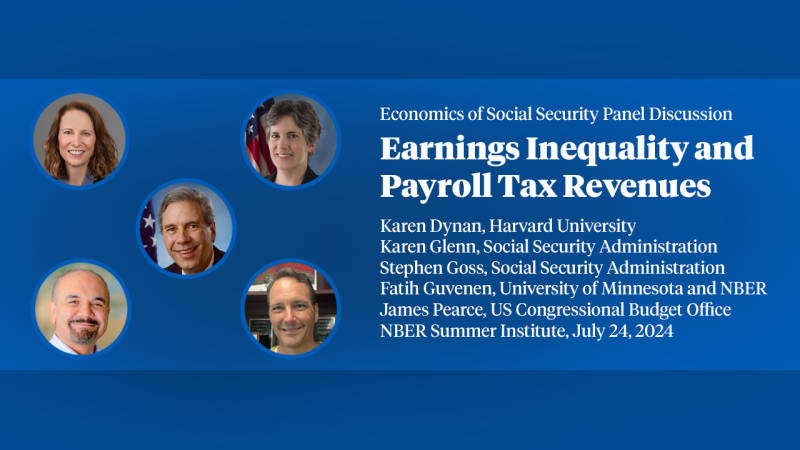Information-Concealing Credit Architecture
When the value of a pledgeable asset (or project) is uncertain, investors are tempted to examine it. The asset owner ultimately bears the information cost, reducing her financing capacity. A pecking order emerges. Debt generates a greater financing capacity than equity: unlike equity investors who own the asset directly, creditors own the asset only if the borrower defaults and, therefore, have weaker incentives to acquire information. Probabilistic asset ownership can be further diluted by introducing intermediaries between the borrower and the creditor, leading to a new theory of financial intermediation and credit chains. We demonstrate that the optimal financial architecture involves systematically sequencing multiple intermediaries with heterogeneous information costs and asset correlations, rationalizing the seemingly excessive complexity of intermediated credit flows.


